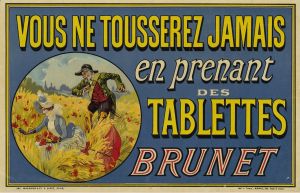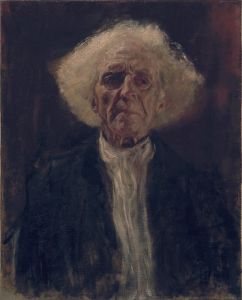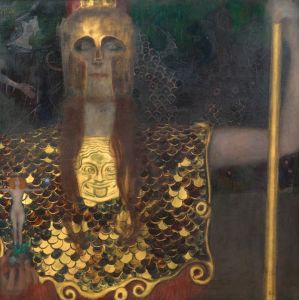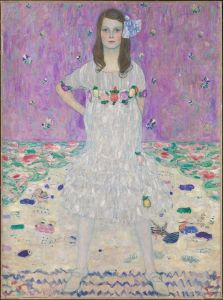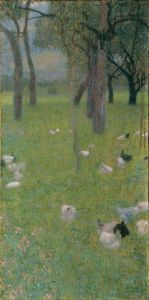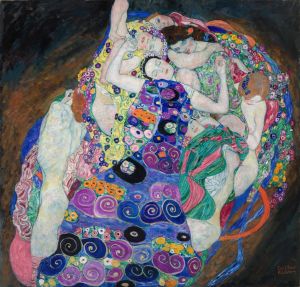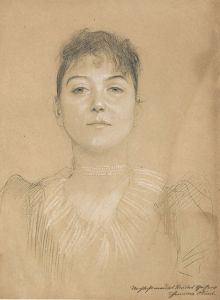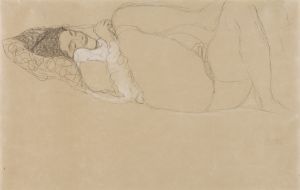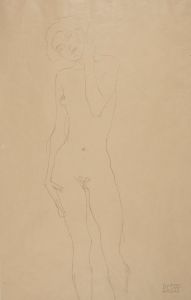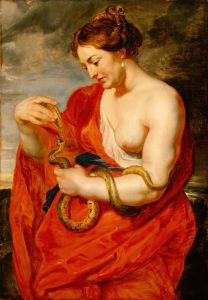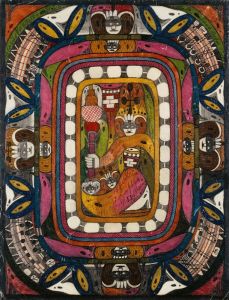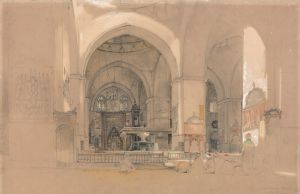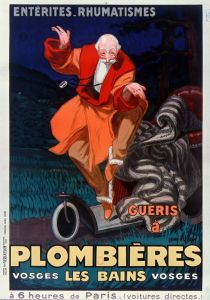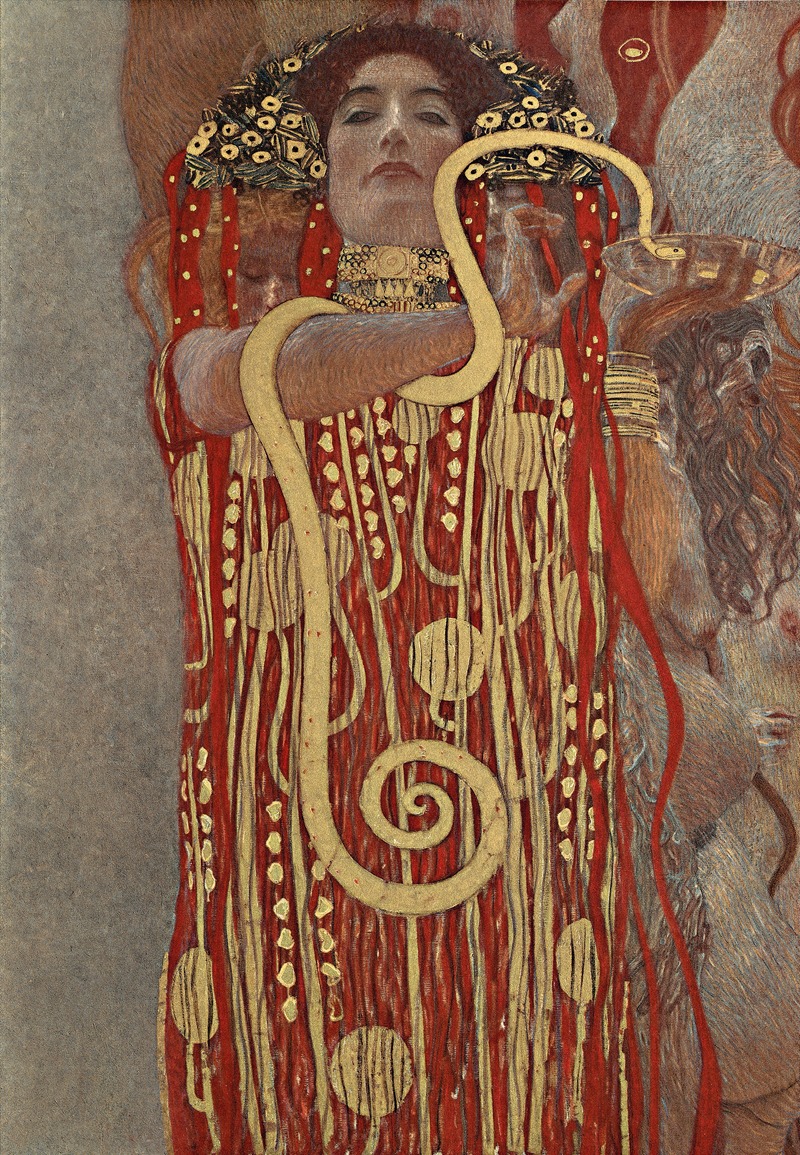
Hygieia
A hand-painted replica of Gustav Klimt’s masterpiece Hygieia, meticulously crafted by professional artists to capture the true essence of the original. Each piece is created with museum-quality canvas and rare mineral pigments, carefully painted by experienced artists with delicate brushstrokes and rich, layered colors to perfectly recreate the texture of the original artwork. Unlike machine-printed reproductions, this hand-painted version brings the painting to life, infused with the artist’s emotions and skill in every stroke. Whether for personal collection or home decoration, it instantly elevates the artistic atmosphere of any space.
Hygieia is a notable work by the Austrian symbolist painter Gustav Klimt, created as part of his larger project, the "Beethoven Frieze." The "Beethoven Frieze" was painted in 1902 for the 14th Vienna Secessionist exhibition, which was dedicated to the composer Ludwig van Beethoven. The frieze was intended as a visual accompaniment to a performance of Beethoven's Ninth Symphony, celebrating the unity of the arts.
Hygieia, the Greek goddess of health, cleanliness, and hygiene, is depicted in the central panel of the frieze. Klimt's portrayal of Hygieia is emblematic of his distinctive style, characterized by elaborate ornamentation, symbolic imagery, and a blend of realism and abstraction. The figure of Hygieia is shown standing with a snake coiled around her arm, a traditional symbol of medicine and healing. She holds a cup, which is often associated with the goddess and represents the vessel of health.
The "Beethoven Frieze" itself is a monumental work, measuring approximately 34 meters in length and 2 meters in height. It is composed of three main sections: "The Suffering of Weak Humanity," "The Hostile Forces," and "The Yearning for Happiness." Hygieia appears in the final section, which symbolizes the attainment of happiness through the arts. This section is particularly significant as it reflects the Secessionist movement's ideals of merging different art forms to create a total work of art (Gesamtkunstwerk).
Klimt's use of gold leaf in the frieze, including in the depiction of Hygieia, is a hallmark of his work during this period. The gold adds a luminous quality to the painting, enhancing its ethereal and otherworldly appearance. This technique was influenced by Byzantine mosaics, which Klimt admired for their intricate detail and spiritual resonance.
The "Beethoven Frieze," including the Hygieia panel, was initially intended to be a temporary installation. However, it was preserved and is now housed in the Secession Building in Vienna, where it remains a significant attraction for art enthusiasts and scholars. The frieze's preservation allows contemporary audiences to appreciate Klimt's innovative approach to art and his contribution to the Vienna Secession movement.
Gustav Klimt (1862-1918) was a leading figure in the Vienna Secession, a group of artists who broke away from the traditional art institutions of the time to explore new artistic expressions. Klimt's work often focused on themes of beauty, eroticism, and the human condition, and he is best known for his paintings, murals, and sketches. His style evolved over the years, incorporating elements of symbolism, Art Nouveau, and modernism.
Hygieia, as part of the "Beethoven Frieze," exemplifies Klimt's ability to blend classical themes with contemporary artistic techniques. The painting not only reflects the cultural and artistic milieu of early 20th-century Vienna but also continues to resonate with viewers today for its timeless depiction of health and well-being.
In summary, Hygieia by Gustav Klimt is a significant work within the "Beethoven Frieze," showcasing the artist's unique style and his contribution to the Vienna Secession movement. The depiction of the Greek goddess of health is a testament to Klimt's skill in merging symbolism with decorative art, creating a lasting impact on the world of art.





